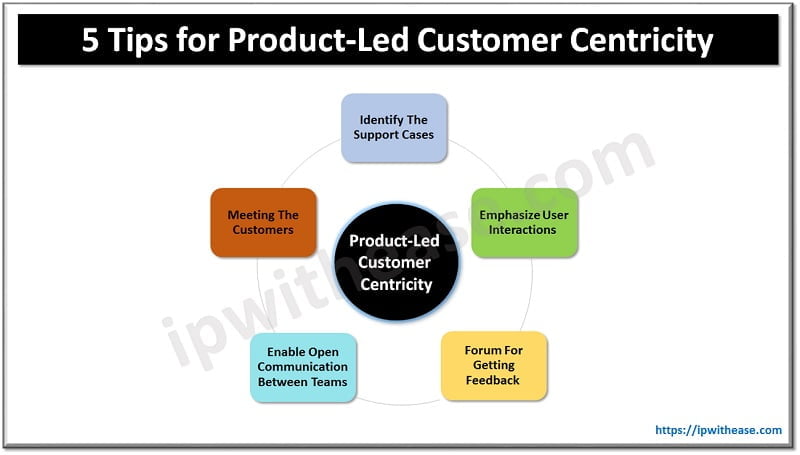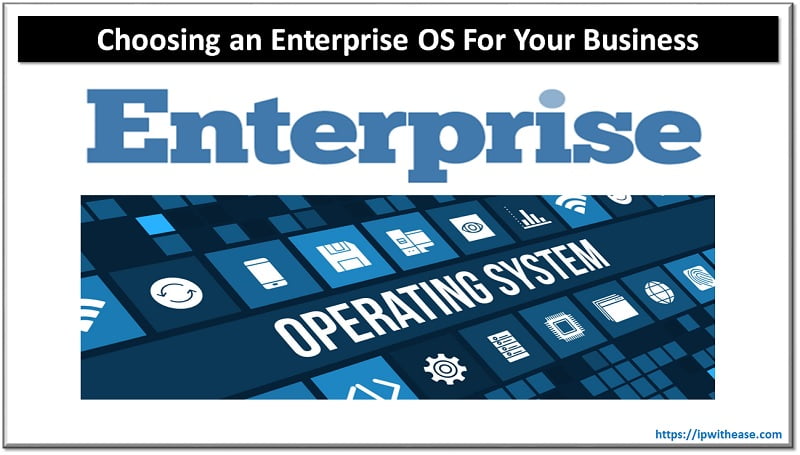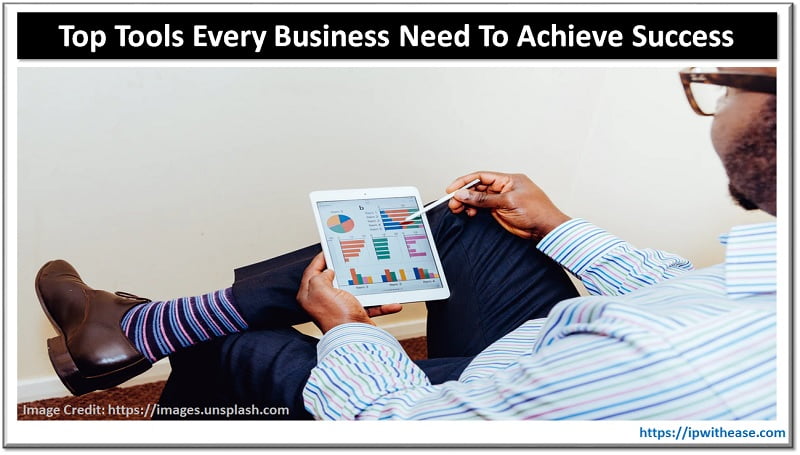Table of Contents
Companies want to increase revenue, build brand awareness, attract new customers, and retain the existing ones. To do that, they must have a good relationship with the consumer by fulfilling their requirements.
In most businesses, the salesperson is the first point of contact for the customer. It is they who play a role in customer acquisition, conversing, and retention. They do this by explaining the features of a product, its benefits, and other related details.
In a Product-Led Growth company, the product is the salesperson. It has several advantages, one of which is trails. Through trails, you can instantly see the features, capabilities, and other details of the product and use them for your tasks.
In this strategy, the company acquires a customer by banking on the benefits and uses offered by their product. The salespersons cease to be the prime selling factor.
Here are the other things you should know about it.
What is Product-Led Growth?
As mentioned earlier, Product-Led Growth refers to a business strategy where the product fulfills those roles traditionally assigned to sales teams. These include acquiring, converting, and retaining customers.
It also creates an integration between the various teams in an organization, for example, sales and marketing. It prevents their functioning in silos by making customer data available to each team for a higher chance of customer success.
However, the primary factor determining success in PLG is the product’s quality, which should appeal to the customer. They should find it helpful and receive the solutions they are looking for.
To ensure customer satisfaction, a company should consider factors like the user journey, creating a VoC, and reaching out with practical solutions. It should test the software before releasing it, perhaps by releasing a beta version.
The company should track the user’s online behavior with the product, for example, their usage method. It helps in gaining insights and providing relevant solutions.
It is essential to prioritize the voice of the customer (VOC) to provide an enhanced customer experience.
How Product-Led Growth strategy drives innovation?
Innovation is the bedrock of a Product-Led Growth strategy since it is the driving factor for attracting customers. The company should constantly release products with features that are useful, attractive, and appealing to the user.
Constant innovation is the key to higher profitability. Collecting customer data, analyzing it, gaining insights, and checking their online interaction method are ways to develop new ideas about an existing product.
However, the ideas could come from several departments rather than a single one, as the data is accessible to all. The company should welcome all ideas and test, validate and build upon them if found feasible.
Why is Customer Centricity important in Product-Led Growth strategy?
All Product-Led companies give the highest importance to customer centricity, prioritizing the user and considering their requirements and needs before making a decision.
In companies where customer centricity occupies the second position (with company goals being the first), it has a noticeable impact on the sales, revenues, and overall customer relationships.
Indeed, one of the motivating factors behind adopting this strategy is higher profits. When clients are happy, they are loyal, leading to higher profits and increased customer retention.
To become customer-centric, the company should interact with them as much as possible. The support teams play an essential role in this because they usually know the issues and solutions regarding the users. Alternatively, you can also use an online survey tool to understand the requirements of your customers.

Five tips for Product-Led Customer Centricity
1. Identify the support cases
The support cases refer to the problems and shortcomings that users face while operating software. You should immediately notice the issues a client faces while using your software.
2. Emphasize user interactions
Since the customer is your product recipient, you should take their input seriously, especially during the testing stage. Who can tell you better than the user if the service works for them and has the features they want.
The product development team and the customers must interact with each other, either during demos or post-launch events.
3. Forum for getting feedback
Including your customers in the feedback process is extremely rewarding for establishing a trusting relationship. One way of doing that is by creating a feedback portal, where users can offer suggestions, interact with each other, and discuss the product in general.
4. Enable open communication between teams
It is vital to allow open communication between teams in Product-Led companies, particularly those that support customer support and product management. These teams frequently interact with the customer, and sharing insights helps develop the best solutions.
5. Meeting the customers
It helps to watch the customers use your product and observe their reactions. You could meet them on sites like bus stops, parks, and other public spaces to discuss the software and record the challenges they face.
But before doing so, you should prepare your questions in advance and select a wide user base instead of choosing a particular set of customers.
The product-led approach has several advantages, trails being one of them. Customer-led centricity is at the heart of such companies, and justifiably so since it is they who determine the product’s success.
Continue Reading:
Top tips for using IT to build a sustainable business
Why Custom CRM Is Good For Business
ABOUT THE AUTHOR
IPwithease is aimed at sharing knowledge across varied domains like Network, Security, Virtualization, Software, Wireless, etc.



